A whirlpool refrigerator not cooling can be due to various reasons, such as a faulty compressor, condenser coils, or evaporator fan motor. If your whirlpool refrigerator isn’t working efficiently, it can be a frustrating experience, as it can lead to food spoilage and waste.
It could also mean that your energy bills will skyrocket as your appliance will work harder than usual to keep your food cold. A number of reasons can cause a whirlpool refrigerator to stop cooling, but the most common one is a faulty compressor.
Other factors could include dirty condenser coils, a damaged evaporator fan motor, or a malfunctioning thermostat. If you’re experiencing any of these issues, then it’s best to consult a professional technician to fix the problem.
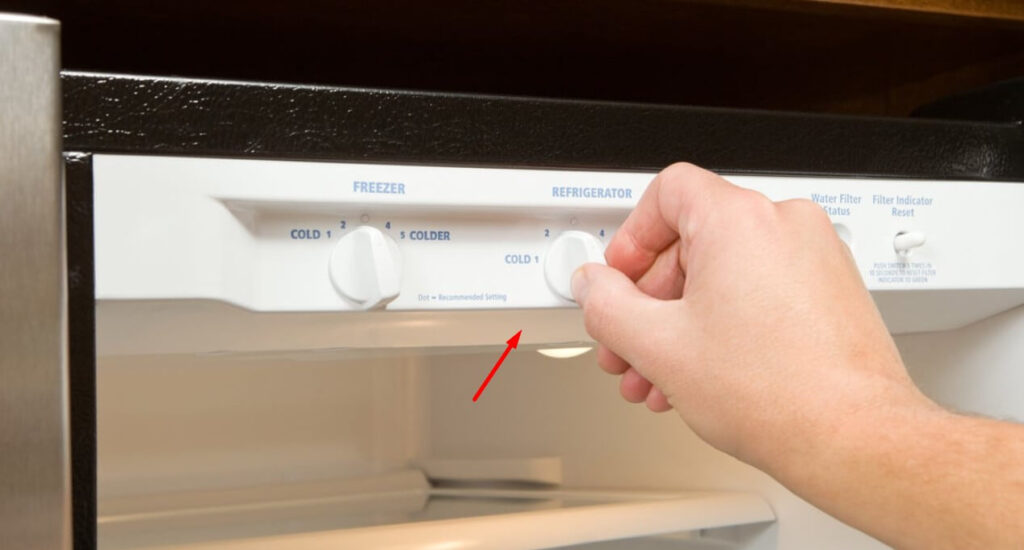
Common Causes Of A New Whirlpool Refrigerator Not Cooling Issue
If your brand-new whirlpool refrigerator isn’t keeping your food cool, it can be frustrating. There are many potential reasons why your fridge isn’t cooling, such as compressor issues, faulty or blocked condenser, malfunctioning thermostat, or frozen evaporator coils. Let’s explore these issues in more detail below:
Compressor Issues
- The compressor is a crucial component in your fridge that pumps refrigerant to cool the air inside.
- If the compressor is faulty, your fridge may not be cooling properly or even stop working altogether.
- Listen for unusual noises coming from your fridge, such as clicking or buzzing sounds. If you hear any strange noises, it may be a sign of a faulty compressor.
Faulty Or Blocked Condenser
- The condenser is another essential component in your fridge that releases heat.
- If the condenser is blocked or dirty, it can’t release heat as efficiently, leading to poor cooling performance.
- Check the condenser coils and ensure they’re clean and free of debris. Dirt and pet hair can accumulate on the coils, so it’s recommended to clean them at least once a year.
Malfunctioning Thermostat
- Your fridge’s thermostat regulates the temperature inside your refrigerator by turning the compressor on and off.
- If your fridge isn’t cooling as well as it should, it may be due to a malfunctioning thermostat.
- Use a thermometer to check the temperature inside your fridge. If it’s not at the proper temperature, it may be time to replace the thermostat.
Frozen Evaporator Coils
- If your fridge has frozen evaporator coils, it can’t efficiently cool the air, leading to poor cooling performance.
- Check the evaporator coils located inside the fridge compartment. If they’re covered in frost or ice, they need to be defrosted.
- The defrost timer or heater may be faulty if your coils keep freezing, and a professional should be contacted to assess the issue.
There are several reasons why your brand-new whirlpool refrigerator isn’t cooling correctly. However, by checking these common issues, you may be able to solve the problem and prevent food spoilage.
Identifying The Root Cause Of A New Whirlpool Refrigerator Not Cooling Problem
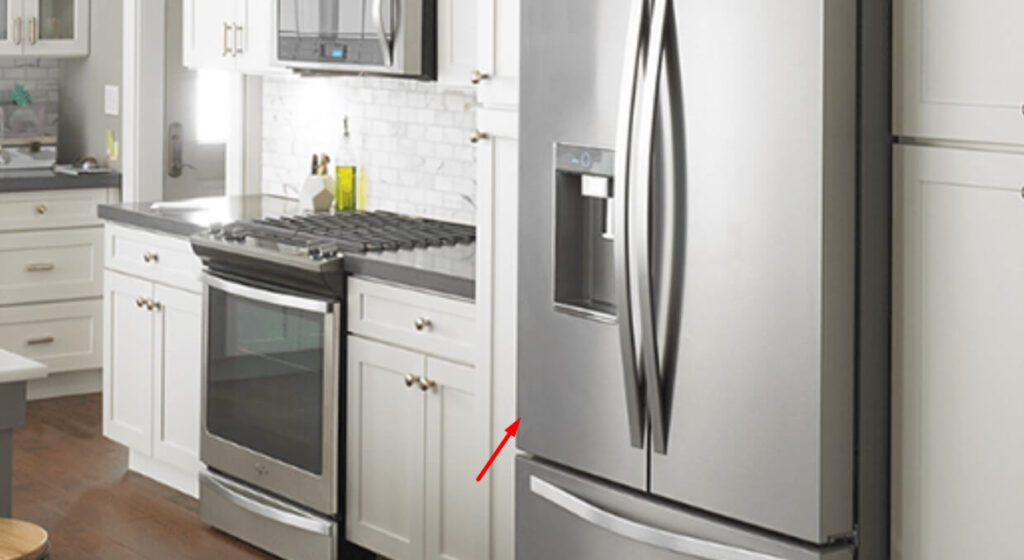
New Whirlpool Refrigerator Not Cooling
A new whirlpool refrigerator is a significant investment, so it can be alarming when it doesn’t keep your food cold. There are several reasons why your fridge may not be cooling properly, but you can identify the root cause of the issue on your own.
In this blog post, we will walk you through how to inspect the compressor, condenser coils, evaporator coils, and thermostat to pinpoint the problem.
Inspecting The Compressor
The compressor is the motor that drives the refrigerant through the cooling system. If it’s not running correctly, your fridge won’t cool properly. Here are some steps to inspect the compressor:
- First, unplug your fridge and locate the compressor. It’s usually located at the back of the fridge.
- Check for any visible damage and signs of wear or tear.
- Next, listen for any strange noises that may indicate a problem. A faulty compressor often makes a loud humming or clicking sound.
- If you suspect your compressor is the issue, it’s best to call a professional for repairs.
Inspecting The Condenser Coils
The condenser coils are responsible for releasing heat from the refrigerant. When they’re dirty, your fridge has to work harder to cool properly. Follow these steps to inspect the condenser coils:
- Locate the condenser coils. They’re usually at the back of the fridge or on the bottom.
- Check for any dirt, dust, or debris on the coils.
- Use a soft brush or vacuum to clean the coils gently.
- If the coils are excessively dirty or damaged, you may need to replace them.
Checking The Evaporator Coils
The evaporator coils work to absorb heat and keep your fridge cool. If they’re frozen or blocked, it can prevent your fridge from cooling properly. Follow these steps to check the evaporator coils:
- Locate the evaporator coils. They’re usually located inside the freezer compartment.
- Check for any visible signs of damage or wear.
- Look for any frost or ice buildup on the coils. This can indicate a problem with the defrost thermostat or timer.
- If the coils are blocked, use a hairdryer on low heat to defrost them.
- If you suspect a problem with the defrost thermostat or timer, it’s best to call a professional for repairs.
Testing The Thermostat
The thermostat is responsible for regulating the temperature inside your fridge. If it’s not working correctly, it can prevent your fridge from cooling properly. Follow these steps to test the thermostat:
- Locate the thermostat dial inside your fridge.
- Set the thermostat to the coldest setting and wait for a few hours.
- Use a thermometer to check the temperature inside your fridge. It should be between 37-40 degrees Fahrenheit.
- If the temperature is too high, it may indicate a problem with the thermostat.
By following these steps, you can identify the root cause of your new whirlpool refrigerator not cooling properly. Remember, if you suspect a problem with the compressor, defrost thermostat, or timer, it’s best to call a professional for repairs.
Fixing A New Whirlpool Refrigerator Not Cooling Problem
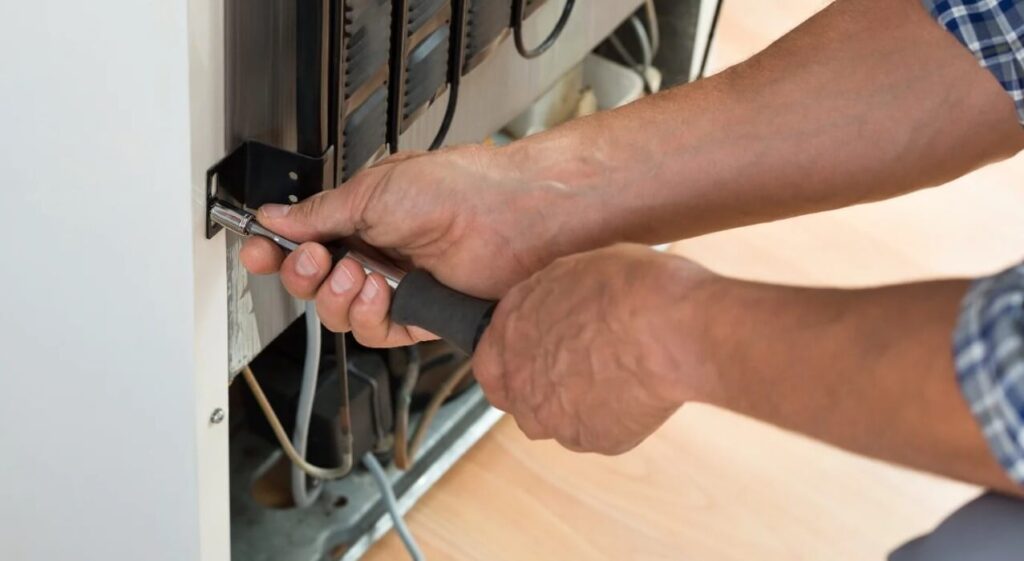
Are you experiencing problems with your new whirlpool refrigerator not cooling? This can be quite frustrating, especially if you’ve just spent a significant amount of money on a new appliance. Don’t worry; we’ve got you covered!
In this section, we’ll take you through some easy-to-follow steps to fix the problem and, before long, you’ll be able to enjoy trouble-free cooling with your fridge once again.
Cleaning Or Replacing Condenser Coils
The condenser coils play a crucial role in your whirlpool refrigerator, as they release heat from the appliance’s interior. If they’re dirty or covered with debris, airflow to the coils is blocked, reducing their efficiency and causing cooling problems. Here’s what you can do:
- Firstly, unplug the refrigerator from its power source.
- Locate the condenser coils, usually positioned at the bottom of the refrigerator on the backside.
- Use a coil brush to remove any dirt, debris, or pet hair from the coils. If the coils are particularly dirty, consider vacuuming them first before using the brush.
- If upon cleaning the condenser coils, you still notice that the refrigerator is not cooling down, they may require replacement. It’s important to follow the manufacturer’s instructions when changing the coils.
Replacing Faulty Parts
If the issue isn’t resolved by cleaning the condenser coils, then it is likely that one or more of the refrigerator’s vital parts may have malfunctioned. Here are some essential parts you should check and replace if they’re faulty:
- Thermostat: This part regulates the temperature in the fridge. If it’s faulty, it may cause erratic cooling and require replacement.
- Start relay: This component regulates the compressor’s operation, and a faulty one can cause the fridge to stop cooling.
- Electronic control board: The electronic control board is responsible for initiating the cooling system’s operation. If it’s faulty, the refrigerator will not cool.
Defrosting Frozen Evaporator Coils
If your whirlpool refrigerator is not cooling adequately, then the evaporator coils may be frozen, inhibiting proper airflow within the appliance. In this case, you’ll need to defrost the coils. Here’s what you can do:
- Start by unplugging the refrigerator from its power source, then remove all food items inside the fridge.
- Locate the freezer’s rear panel and remove it to access the evaporator coils.
- Leave in the fridge to thaw for at least 24 hours, or until all the ice melts away. You can hasten the process by using a blow-dryer on low heat mode or placing a bowl of hot water near the coils.
- After defrosting, clean the water and moisture from the appliance’s interior before plugging in the fridge.
A new whirlpool refrigerator not cooling can be frustrating, but with these easy-to-follow steps, you can get your appliance back to optimal cooling performance. Clean or replace the condenser coils, replace faulty parts, or defrost the frozen evaporator coils, and you’ll be good to go.
Signs You Should Call A Repairman For Your New Whirlpool Refrigerator Not Cooling Issue
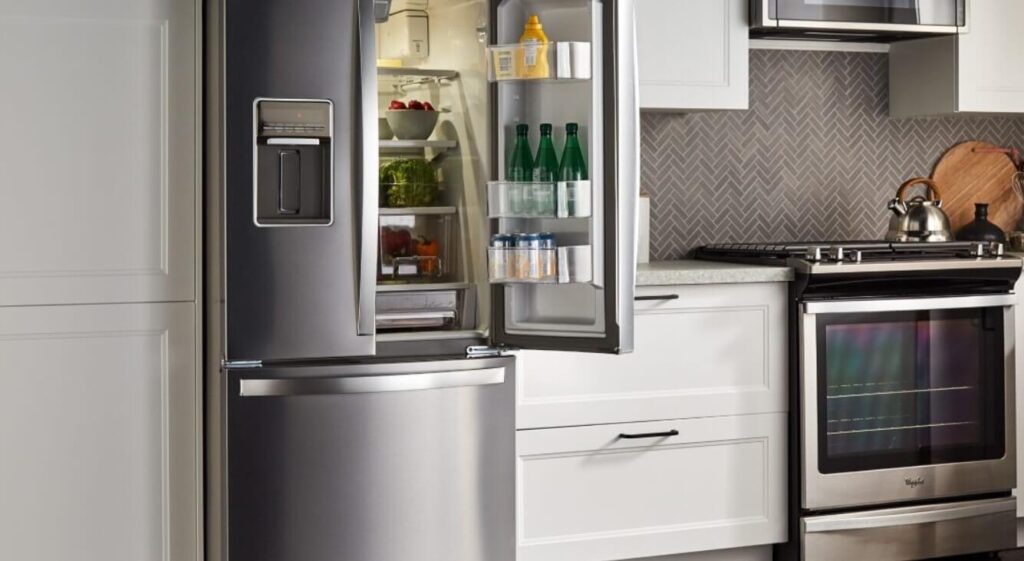
Having a brand-new whirlpool refrigerator is undoubtedly exciting, as it offers the promise of an efficiently working cooling system for a long time. However, there are instances when your refrigerator may not be cooling correctly despite its brand-new status.
The following signs should tell you when to call a repairman to address the issue and prevent inconvenience or more significant problems in the future.
Persistent Issue Despite Troubleshooting
If you’ve attempted all the tricks to troubleshoot your refrigerator and the problem persists, it’s best to call a qualified repairman. They have the tools and expertise to identify the root cause of the problem, and they can quickly fix it.
Remember that reputable repairmen usually offer a warranty on their services, so don’t hesitate to give them a call.
Any Mention Of High Voltage Or Electrical Repairs
In case your fridge’s repair involves high voltage or electrical work, it’s crucial to leave the job to a skilled and licensed repairman.
Incorrectly managed electrical components can pose significant risks to your safety and that of your home. With their expert knowledge, certified repairmen can handle such tasks with ease.
When The Cost Of Repair Is More Than The Price Of A New Refrigerator?
Finally, you should also consider the cost of repair. If the total expense of repairing your fridge turns out to be more than the cost of buying a new one, it may be best to invest in a new refrigerator instead.
A qualified technician can provide their honest opinion on this matter, so make sure to ask for their advice.
Remember, having a whirlpool refrigerator that isn’t cooling correctly can be frustrating. But with the help of a professional repairman, you can quickly identify and fix the issue, ensuring that you have a working refrigerator that can last you for years to come without fail.
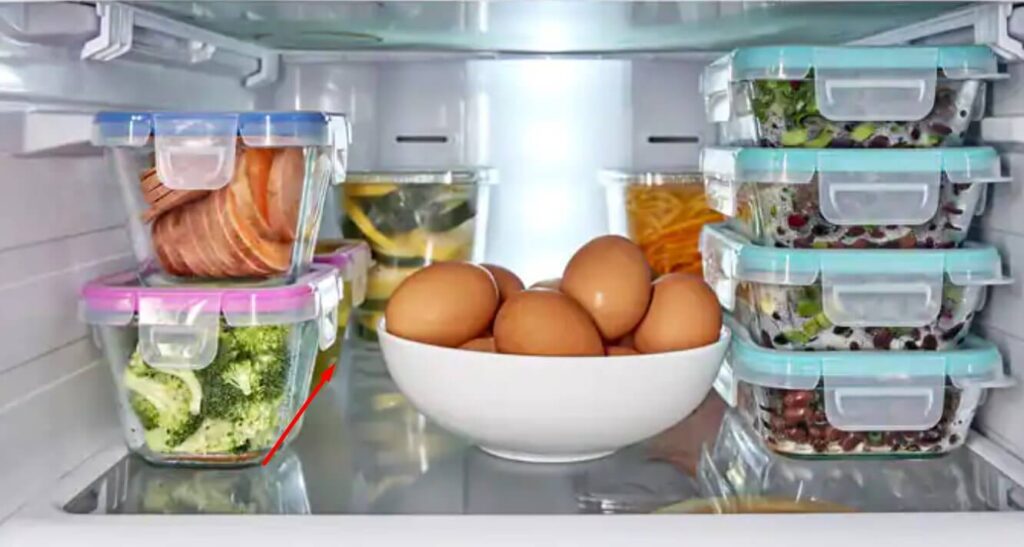
Simple Maintenance Tips For Preventing New Whirlpool Refrigerator Cooling Issues
Your brand-new whirlpool refrigerator is supposed to keep food and drinks cool at all times. However, sometimes things don’t go as planned, and you may notice that your new whirlpool refrigerator is not cooling correctly.
Before calling for professional repair, there are a few simple maintenance tips you can try first.
Let’s explore some easy-to-follow tips for preventing cooling issues in your new whirlpool refrigerator.
Regular Cleaning Of Condenser Coils
The condenser coils behind or beneath your refrigerator play a crucial role in eliminating heat from the refrigerator’s interior.
Dirt and dust buildup can limit their ability to function, resulting in a warmer than normal fridge. Here are some tips for cleaning the condenser coils:
- Unplug the refrigerator before cleaning.
- Locate the coils (behind or beneath the fridge).
- Use a vacuum cleaner with a soft-bristle brush attachment to remove dirt and debris.
- Use a coil brush to clean any stubborn buildup in tight spaces.
- Vacuum up any debris that falls onto the floor.
Checking Door Seals To Ensure Proper Closures
A refrigerator with a faulty door seal can lose up to 30% of its cooling ability. That means your food won’t remain fresh as it should be. Checking the door seals of your new whirlpool refrigerator is simple and can prevent future cooling problems.
Here’s how to do it:
- Close the refrigerator door on a piece of paper.
- Pull the paper out; if it resists, and you feel some tension, the seal is working correctly.
- Repeat the test on both the freezer and refrigerator doors.
- If the paper easily slides out, the seals need replacing.
Keeping Proper Clearance Around The Refrigerator
A refrigerator needs enough space for air to circulate around it. If you place your refrigerator too close to the wall or other items, it can cause overheating and eventually lead to cooling problems. To avoid this, keep these things in mind:
- Leave at least 2 inches of space behind and on either side of your refrigerator.
- Keep the top of the refrigerator free from any items.
- Clean the ventilation grills at the front of the refrigerator regularly.
Avoiding Overstuffing Your Refrigerator
Packing your refrigerator excessively can limit the airflow, reducing cooling efficiency. Not only can overloading your fridge cause cooling problems, but it can also lead to food waste. Here are some tips to prevent this:
- Place foods in the refrigerator loosely, to prevent blocking vents.
- Discard any old or expired food regularly.
- Use tightly sealed containers to store food in the refrigerator.
By following these simple maintenance tips, you can prevent future cooling issues in your new whirlpool refrigerator.
Always remember to clean the condenser coils, check door seals, maintain proper clearance around the fridge, and avoid overstuffing it. Doing so ensures your whirlpool refrigerator keeps your food fresh and cool for years to come.
Frequently Asked Questions
Why Is My Whirlpool Refrigerator Not Cooling?
There could be several reasons for this, including an issue with the compressor, a malfunctioning thermostat, or a clogged air filter. It’s best to call a professional for diagnostics and repair.
How Long Does A Whirlpool Refrigerator Typically Last?
A well-maintained whirlpool refrigerator can last up to 15 years, but several factors can impact its lifespan, including usage, maintenance, and model type.
What Should I Do If My Whirlpool Refrigerator Is Still Under Warranty?
If your refrigerator is still under warranty, contact whirlpool’s customer service to schedule a repair or parts replacement. Make sure to have your warranty information and model number handy.
Can I Troubleshoot My Whirlpool Refrigerator On My Own?
Some basic troubleshooting, like checking if the power is on or if the seals are tight, can be done at home. However, it’s best to call a professional for any complex repair or diagnostic needs.
Is It Worth Repairing My Whirlpool Refrigerator?
It depends on the age of the refrigerator and the cost of the repair. In general, if the repair cost is more than half the cost of a new refrigerator, it may be more cost-effective to replace it.
Conclusion
If you’re dealing with a new whirlpool refrigerator that’s not cooling, it’s essential to take immediate action to diagnose and fix the issue right away. Whether your refrigerator is not cooling enough or not cooling at all, you can use the troubleshooting tips provided in this article to identify the root of the problem and find an effective solution that works for you.
From checking the temperature settings, examining the refrigerator coils, to inspecting the fans and defrost system, there are plenty of steps you can take to get your whirlpool refrigerator back up and running properly. Remember to always refer to your product manual, manufacturer, or a professional technician for assistance when necessary.
By following these tips and taking good care of your whirlpool refrigerator, you’ll be able to ensure that it stays in great shape and provides you with many years of reliable performance.
